Heihachirô Ôkawa
출생 : 1905-09-09, Sōka, Saitama, Japan
사망 : 1971-05-27
약력
Heihachiro Okawa (Japanese: 大川 平八郎 Hepburn: Ōkawa Heihachirō, 9 September 1905 – 27 May 1971), also sometimes credited as Henry Okawa (ヘンリー大川), was a Japanese film actor active from the 1930s to 1971. With hopes of starting a business, he traveled to the United States in 1923 and studied at Columbia University. He also studied at the Paramount Studios acting school and eventually began working in Hollywood, appearing in films by Howard Hawks and William Wellman. He returned to Japan in 1933 and co-starred in the Photo Chemical Laboratories (PCL) film Horoyoi jinsei. He later appeared in foreign films under the name Henry Okawa.
He is best known for Moyuru ōzora (1940), Dawn of Freedom (1944) Tokyo File 212 (1951), Floating Clouds (1955) and The Bridge on the River Kwai (1957).
(Wikkipedia)

Kawasaki
A successful auto executive Vinther becomes entwined with a young nubile girl, following an avoidable car accident, that results in the death of a man. The girl mentally blackmails our executive through manipulation leading to an affair that threatens Vinther's career and marriage.
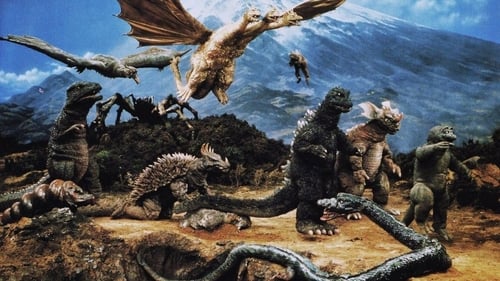
Engineer
고지라 시리즈에 등장한 괴수들은 물론이고 토호에서 만든 바란 등의 비고지라 계열 단독작품 괴수들도 나오는 올스타전과도 같은 작품이다. 이 작품의 배경은 1999년으로 쇼와 고지라 시리즈 타임라인 상으론 마지막이라고 봐도 무방할 정도의 특징이다. 즉 이때는 메카고지라의 역습의 이후 시점을 다루는 시퀄인 셈. 물론 이미 30년 넘었긴 했지만, 당시 미니어처는 나름대로 나쁘지 않은 수준이다.
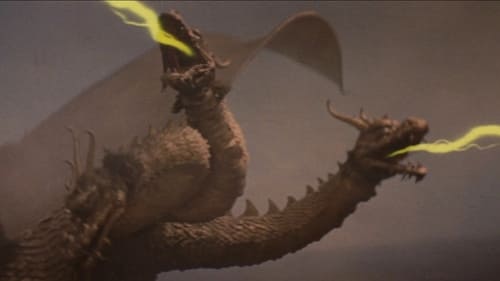
Astronomer
일본에 이상기후가 갑자기 닥쳐 1월인데도 불구하고 무더위가 이어지고 있었다. 지구뿐만 아니라 우주에서도 이상한 현상들이 일어나고 있었고, 어느 천문대에서는 이 현상을 규명하기 위해 UFO와 교신을 시도하나 이는 유성우로 밝혀진다. 천문학자들이 실망하는 사이에 지구로 여러 운석들이 떨어진다. 일본을 방문하려던 세르지나 공국(セルジナ公国)의 마아스 도오리나 사루노(マアス・ドオリナ・サルノ) 왕녀는 전용 비행기를 타고 오던 도중 누군가의 텔레파시를 받고 타고 있던 비행기에서 뛰어내린다. 그와 동시에 비행기는 갑자기 폭발한다. 한편 지구로 계속 떨어지던 유성 중에 하나가 쿠로베 댐 부근의 산 중 계곡에 떨어진다. 이곳으로 운석을 조사하기 위해 과학자들이 파견된다.
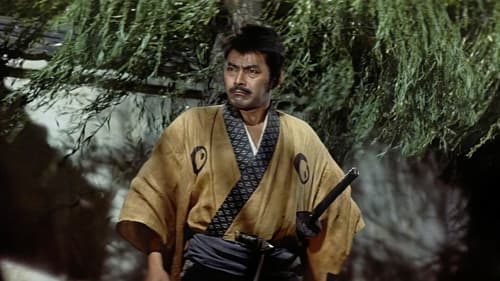
아코낭인 사건 이라고도 하는 이 사건은 도쿠가와 막부의 제 5대 쇼군 도쿠가와 쓰나요시가 집권하고 있던 1701년 에도성에서 일어났다. 칙사 접대를 담당한 아코성의 성주 아사노 다쿠미노카미가 의전 담당인 기라 고즈케노스케를 칼로 쳤으나 미처 죽이지 못하였지만, 그날로 할복을 하고, 가옥과 성이 몰수된다. 도쿠가와 막부의 조치에 불만을 지닌 아코성 가신인 오이시 구라노스케 이하 낭인 46, 총 47명이 그 다음해 12월에 기라의 저택을 급습하여 그를 죽인 후, 그 목을 아사노가 묻혀있는 센가쿠지(泉岳寺)로 들고가 복수를 완성하고, 1703년 3월 도쿠가와 막부의 결정에 따라 46명 할복했던 실제 사건을 그린 영화이다.

Yoshida (Hotel Manager)
Following combat duty in Korea, a group of United States Marines (Tom Tryon, David Hedison and Tom Reese) are given a furlough in Japan.

Yukio's Father
Yukio, a farm boy, and Toru, a fisherboy, live in a small Japanese village that is periodically threatened by a volcano on one side and tidal waves on the other. Yukio's younger sister Setsu follows then and dreams of becoming a pearl diver. Toru is preparing to go fishing with his father when a bell tolls and a danger flag is hung high on the hill behind the village to warn of an impending tidal wave by the village patriarch, known as Old Gentleman.

Lieutenant Nakamura
Dirk Bogarde is an officer during World War II learning Japanese in India in order to do intelligence work on the Indian front. While there he gets a Japanese teacher, who is full of the inscrutable and mysterious East, like a Chinese motorcycle.
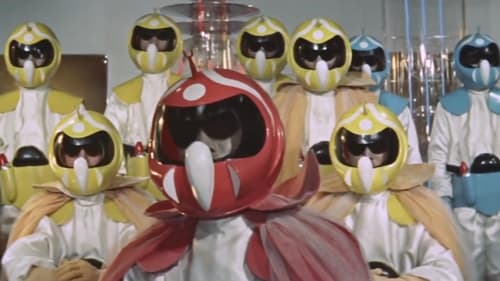
Person at Board Meeting
지구 정복을 노리는 제5혹성인 미스테리안과 지구 방위군의 일대 공방전을 그린 SF 초대형작. 괴수물에 이어 “초과학 전쟁”이라고 하는 장르를 확립시킨 기념비적인 작품이다. 의심스러운 산불, 갑작스런 지반침하, 거대 로봇의 출현이 차례차례로 일어나는 괴사건은 우주인 미스테리안의 행위였다. 그들은 후지산 산기슭에 은밀히 건설한 돔 기지에서 자신들과의 인류 공존을 위해서라며 주위 3km 내 지방의 영토를 줄 것과 6명의 지구인 여성과의 자기들 인류와의 결혼의 요구해온다. 그러나 압도적인 과학과 군사력을 가진 미스테리안의 요구는 서서히 그 규모가 커지고 마침내 지구의 패권을 건 장렬한 전투가 시작된다.
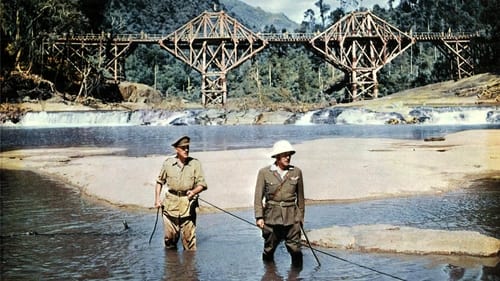
Captain Kanematsu
2차 대전 중 타이의 열대밀림 속에 위치한 일본군 포로수용소에 영국군 공병대가 포로로 잡혀온다. 일본군은 포로들을 이용하여 콰이강에 다리를 건설할 계획을 세운다. 그러나 포로수용소장 사이토 대령(하야카와 세스수에 분)과 영국군 공병 대장 니콜슨 대령(알렉 기네스 분)은 투철한 군인 정신과 진실한 인간성의 갈등으로 마찰을 빚는다. 니콜슨 중령은 영웅적인 지도력으로 사이토 대령을 심리적으로 누르고 콰이강의 다리 공사를 독단으로 해낸다. 마침내 콰이강의 다리 건설은 급진전되고 영국군 유격대는 폭파 작전을 감행하는데...
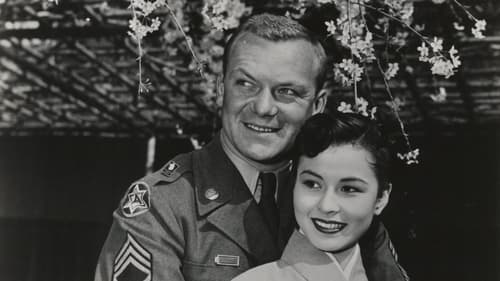
Father Yoshida (as Henry Okawa)
A racist sergeant stationed in post-war Japan finds himself softening towards the children and falling for a local woman.
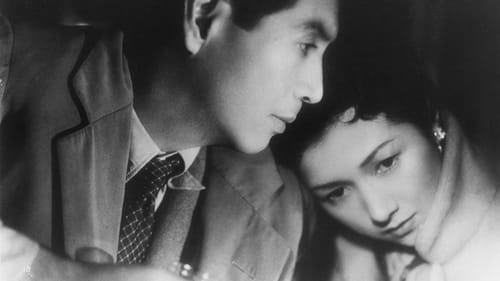
태평양 전쟁 중에 도미오카를 만나 사랑에 빠진 유키코는 그가 이혼하고 자신과 살아갈 것이라고 생각한다. 그러나 그는 여전히 아내와 함께 살고 있었고, 유키코의 갑작스러운 방문에 놀란 도미오카는 집을 나와 온천이 있는 여관으로 그녀를 데려간다. 그리고 아내가 병이 들어 도저히 떠날 수 없다고 하는데...

A ghost man with his face hidden entirely by bandages is killing beautiful nude models. Detective Kindaichi investigates.
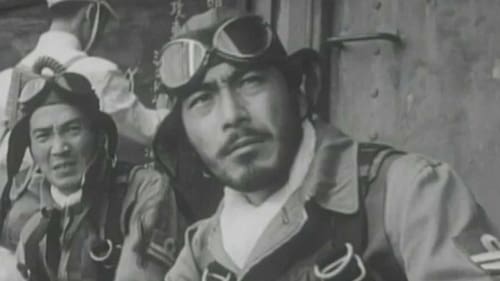
(uncredited)
Admiral Isoroku Yamamoto, a brilliant tactician, is a loyal subject of the emperor, despite his grave misgivings about leading Japan's navy into war with the United States. He opposes the attack on Pearl Harbor, but, overruled, he leads his forces to the best of his ability.

Two American G.I.s visiting Tokyo find themselves mixed up with espionage, a pretty flight attendant, a mad scientist, geisha girls, and a goofy magician-hypnotist and his white rabbits.

Atsuko is an office secretary who is also her family's primary source of income and caretaker in postwar Japan.

Takada
In pre-war Shanghai, a man falls in love with a mysterious woman, but she eventually disappears. Back in Japan, he is obsessed by her memory and tries to recreate the world he knew then.

Kayama
작가와 발레 선생인 아내의 관계는 수년 동안 다른 남자를 사랑해 오다가 결국 가족의 파탄으로 이어진다.
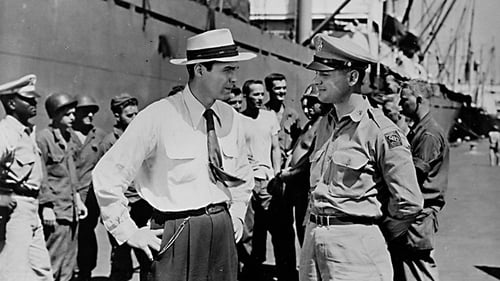
A Communist spy ring in Japan is hard at work trying to sabotage the American war effort during the Korean War, using kidnapping, murder and a disturbed former kamikaze pilot. A U.S. secret agent, posing as a reporter, is dispatched to Tokyo to put a stop to these nefarious activities.

Sub Corporal Ikema Ishihara
This film was made by the Japanese occupation authorities in the Philippines as a propaganda film to show the Philippine people the "benefits" of the Japanese invasion and takeover of their country.

Harada, pilot

A bizarre murder at a hot springs resort threatens to disrupt an Edo detective's (Hasegawa) vacation. When his hot-blooded wife (Yamada) starts snooping around, however, he finds himself reluctantly drawn in to the case.

Okada
What is marriage? Young couple in match-making wanted to know before they decide. They visited married couples of sisters and brothers. Love comedy in 1942.

The title might sound shocking, but the red hands mean, the hands which drag fishnets. Ohama, 15 or 16 years old girl lost her family and lived alone in a fishermen's village. She is a strong-minded girl and very popular among young children.
I guess that this story is one of the origins of girl's manga in the 1950s in which I belonged to the first generation of Japanese story manga.

This movie is presumed to be lost.

Twenty-year-old Yoshiko (Setsuko Hara) and her younger sister Asako (Yōko Yaguchi) struggle to accept changes in their home during the preparations of their widowed father's wedding to his chosen bride, Maki Tsuneko (Sadako Sawamura), who's anxious about her conduct as the bride.

Japanese film based on the life of writer Ichiyo Higuchi (1872-1896).

Japanese war movie
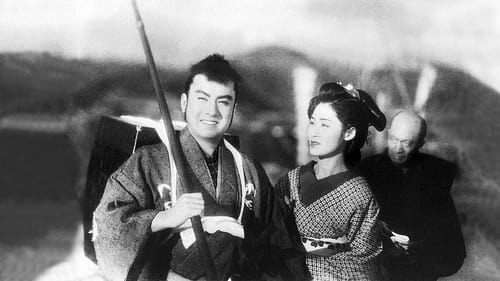
The film tells about the life of the former vassal of the Ako clan - Fuwa Katsuemon Masatane.

Matsuzaki
Drama about a couple and how they found themselves related with music, their egos and each other.
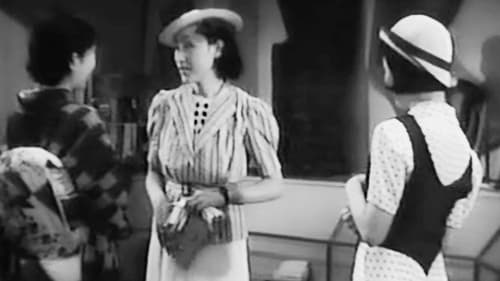
Part 2 of a 2-part romance (fist part - Kafuku zempen) based on a story by noted author Kikuchi Kan. In the second half, we discover that Toyomi is pregnant -- and while Shintaro and Yurie are on their extended honeymoon, she bears his child, a girl named Kiyoko. She is supported in adversity by Michiko -- and gets considerable moral support from not only her own mother but also from Shintaro's mother and siblings. Even more surprisingly, Yurie strikes up a friendship of sorts with her. When Yurie learns that the child is Shintaro's, she convinces Toyomi that it would be best to let Shintaro (and her) raise Kiyoko, so Toyomi can get on with making a proper life for herself. Tearfully, Toyomi agrees. Sometime later, Michiko goes to visit Toyomi -- and sees her at work, as a kindergarten teacher.
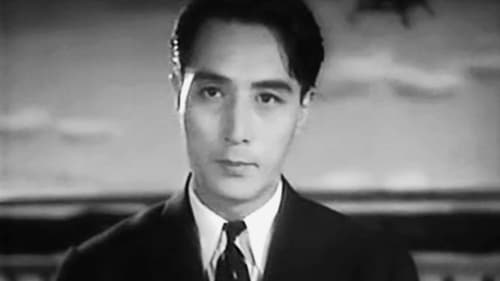
Part 1 of a 2-part romance based on a story by noted author Kikuchi Kan. The central character here is Toyomi (played by Takako IRIE, star of Mizoguchi’s "Water Magician), a rich young woman in love with Shintaro (Minoru TAKADA), a rich young man. Unfortunately, Shintaro’s father is in the process of arranging a marriage for him with Yurie (Chieko TAKEHISA), the scion of an even wealthier family. In order to avoid this, the two young lovers flee to Tokyo to live together. When Shintaro comes back to proclaim his intent to marry Toyomi, his father browbeats him into attending the long-arranged marriage meeting with Yurie. While Shintaro is back home, Toyomi goes on a vacation trip with her closest chum, Michiko (Yumeko AIZOME). At a class reunion, Toyomi is to distressed (at not having heard from Shintaro for so long), she doesn’t go out on the town with her classmates. Michiko, however, runs into Shintaro and Yurie (also out on the town), and pulling him aside, demands an explanation.

주체적으로 변하는 여인의 모습을 담았다
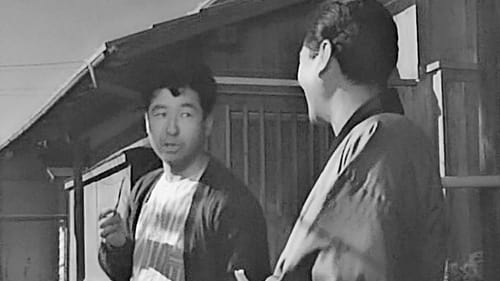
Ogawa
As suggested by the title, this film takes up the theme of the city, beginning with a series of traveling shots from Chiyo's point o view on a bus leaving the countryside and entering the metropolitan cityscape. After some fruitless job hunting in downtown Tokyo, Chiyo accepts a job as a bar hostess in Shiba ward. Well away from glamorous Asakusa and Ginza, this is a neighborhood bar where the women are dirt poor, each having only one kimono to their name....
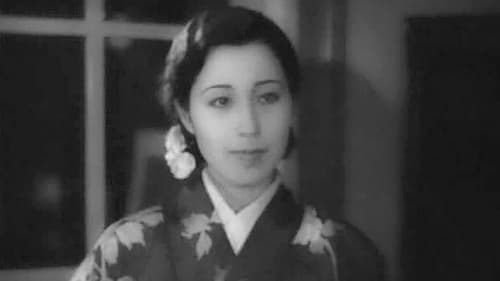
Asaji Amanuma
The otherwise promising young man Asaji (Heihachirô Ôkawa) and his younger brother Yuji (Hideo Saeki) face blighted lives because of society's disapproval of their illegitmacy and déclassé family.

Ino tries to control Mon’s every move, but she becomes a fallen woman, having an affair with a student, Obata whereas her sister San remains a “good girl.” The mother is very supportive of her daughters, but, the father, Akaza, who is the stonecutter foreman on the damn, lacks control of his family.

Shintaro
A story of two sisters, the older being more traditional, the younger a "moga" ("modern girl"). Their widowed father runs the family sake shop, but is running into financial trouble, causing him to tamper with his stock; Meanwhile, his long-time mistress yearns for something more serious. Amidst this, the older sister is introduced to a well-off suitor: A university boy, much more intrigued by the less traditional little sister. A doddering grandfather, an officious uncle and busybody neighbors also don't make the lives of the hardworking members of the family any easier.
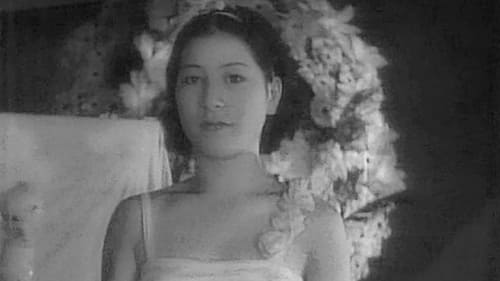
Kokichi
The main focus is on the 5 member band of a small circus as it runs into problems while touring rural Japan. It also pays lots of attention to the two daughters of the aging and irascible ringmaster-circus owner. The high points are the sound (and score) and cinematography featuring a lot of vertiginous panning (appropriate - as high wire trapeze artists are also an important element in the film). A fascinating side-light on 30s Japan.
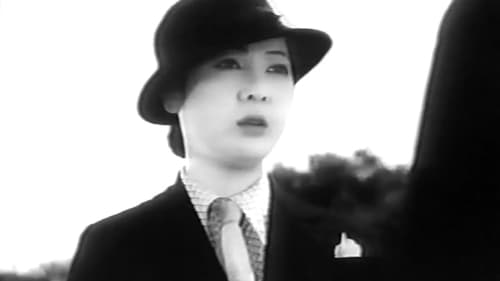
Seiji (Kimiko's boyfriend)
아버지가 집을 나간 후 키미코는 어머니와 단둘이 살고 있다. 키미코는 아버지를 되찾기 위해 산골 마을을 찾아가지만, 아버지는 이미 전직 게이샤 오유키와 동거하고 있다.

Sankichi
Adaptation of Fumiko Hayashi's novel.

Aoyama
술집을 전전하며 샤미센을 연주하는 오소메, 클럽 댄서인 치에코, 그리고 건달을 애인으로 둔 오렌의 이야기를 그린 영화. 오렌은 최근 사고를 치고 도망간 애인을 숨겨주고 있다. 하지만 이 사실을 오소메가 알면서 세 자매는 곤란한 입장에 처한다. 나루세 미키오가 연출한 첫 유성 영화.
(2015 한국시네마테크협의회 - 나루세 미키오 특별전)

Studio P.C.L. was specifically founded to make sound films, and this early musical balances the aesthetics of the sound film with those of the stage revue. The king of Tokyo’s revue stage, comedian Ken’ichi Enomoto (Enoken) had made his name in the capital’s theatrical district of Asakusa. The film employed not only the star, but his entire theatrical troupe, and the narrative was structured around scenes which Enoken had played successfully on stage. Billed as offering 'Japan’s number one comedy actor and Japan’s number one musical comedy,' the film self-consciously borrowed from Hollywood musical comedy; indeed, the original posters carried spoof endorsements by Eddie Cantor and the Marx Brothers! Director Kajiro Yamamoto, making his P.C.L. debut, would become a stalwart of the company and its successor, Toho. He was to have a profound influence on Japanese film history as mentor to Akira Kurosawa, who assisted him on a number of films including Horse (Uma, 1941).

The film generally regarded as Japan’s first true musical was also the first film made entirely in-house by the pioneering studio P.C.L., a company founded specifically to take advantage of emergent sound technology. P.C.L. worked in collaboration with a brewer’s firm, Dai Nihon Biru, who met the production costs of the film in full, and whose products are featured in the film in an example of the sophisticated and modern merchandising typical of the studio’s early work. The film is partially set in a beer hall, and its story concerns a beer seller at a train station and her relationship with a music student trying to create a hit song. Director Sotoji Kimura was to become a company stalwart, making such films as Ino and Mon, while actress Sachiko Chiba would emerge the studio’s first real star, appearing in such films as Wife Be Like a Rose.





















